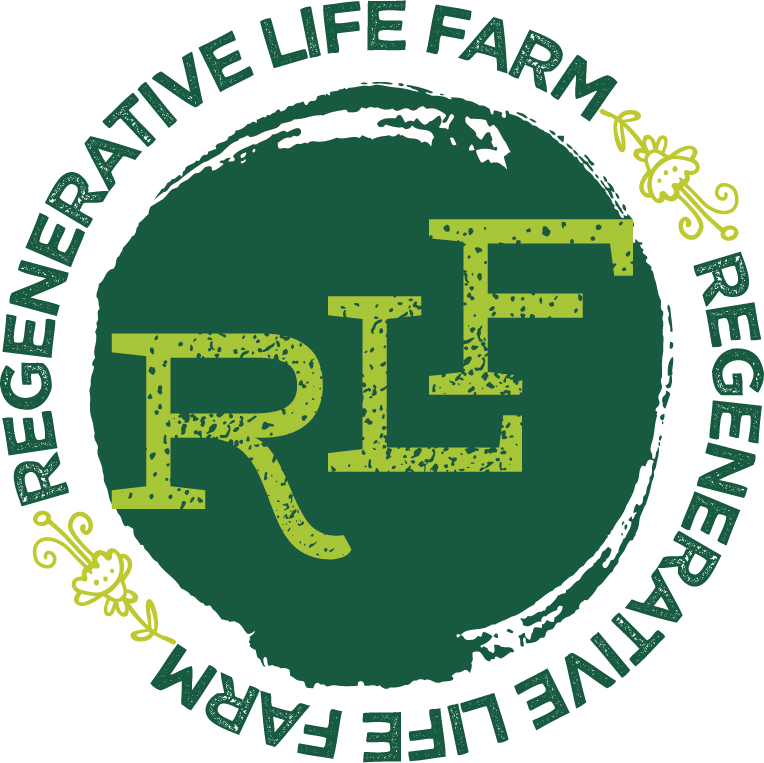Kitchen Magic
This was published in the December 24, 2020 edition of The Fish Wrap.
Making bread is magic. Combine flour, water and salt with yeast, the potion that turns those ingredients into the soft, chewy, nutritious food we all love. Yeast is a living organism, a member of the fungi family. The yeast eats the carbohydrates in the flour and their digestion, called fermentation, produces gas which gets trapped inside cells causing the bread to rise.
Sourdough bread is especially magical being the first leavened bread. Most leavened bread uses commercially grown yeast, while sourdough relies on the natural microbes around us. ‘Wild yeast’ makes the bread rise, but the distinct sour flavor is lactic acid from lactobacillus bacteria’s action in the dough. Sourdough bakers keep ‘Starter’ or ‘Mother’ microbes available, feeding it periodically and splitting off some each time they want to make bread. Some families have been passing down Sourdough starter for generations!
Sourdough has 4 main benefits over other kinds of bread. 1. It is more easily digested because fermentation breaks down the gluten so you don’t have to. 2. The lactic acid helps your body absorb more of nutrients like magnesium, zinc and antioxidants. 3. It has been shown to have a better effect on blood sugar and insulin levels. 4. It has a complex, distinct flavor due to the organic acids created as a byproduct of natural fermentation.
We like making sourdough using ancient grains like Kamut and Einkorn, which have been grown the same way for hundreds of years and have never been genetically modified or ‘bred.’ These tend to be higher in protein, omega-3 fatty acids and B vitamins because they haven’t been stripped. But our favorite sourdough is made from Rye grown in our pasture and harvested by our neighbor. Some of it goes to chickens and the rest gets freshly ground and baked into magic!
